FEBRUARY GARDEN TIPS
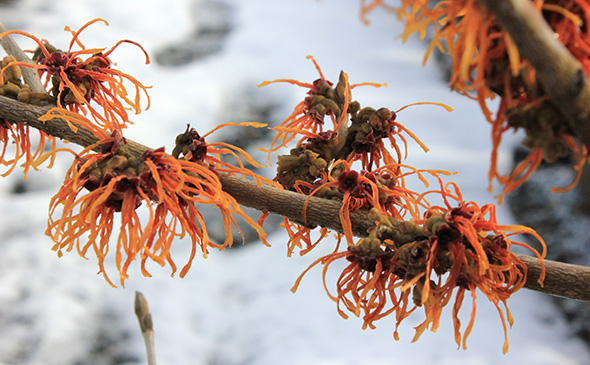
General Gardening Tips
Watch for watering and drainage needs. It may seem counter-intuitive with so much water falling from the sky, but containers under eaves can dry out, while those in the open may easily become water-logged.
In case we happen to have even a short dry spell before a freeze, watering well is one of the best things you can do to protect your plants from the cold.
February is a great month to brush up on your gardening knowledge in preparation for spring. Check out our information library and our blog, as a couple of great places to start.
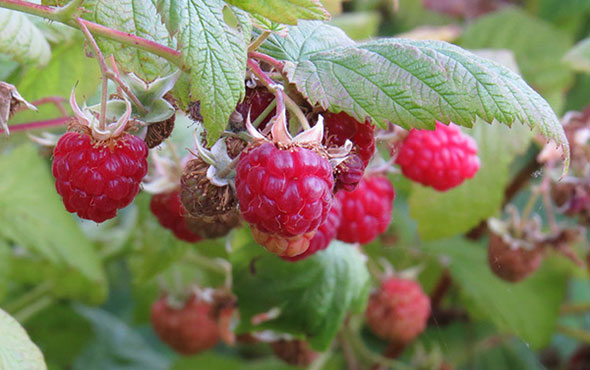
Fruits & Berries
If you haven't already, make sure you prune your fruit trees before they wake up from their long winter's nap!
If you use dormant oils, spray when the buds are beginning to swell but before any new growth starts. This will help to control scale, aphid, and mite larvae. Copper sprays can be applied for fungal diseases.
Now is the time for our best selection of fruit trees, raspberries, currants, and more. Get them while they're here! You can see lists of what we're bringing in this year in the fruit and berry section of our information library.
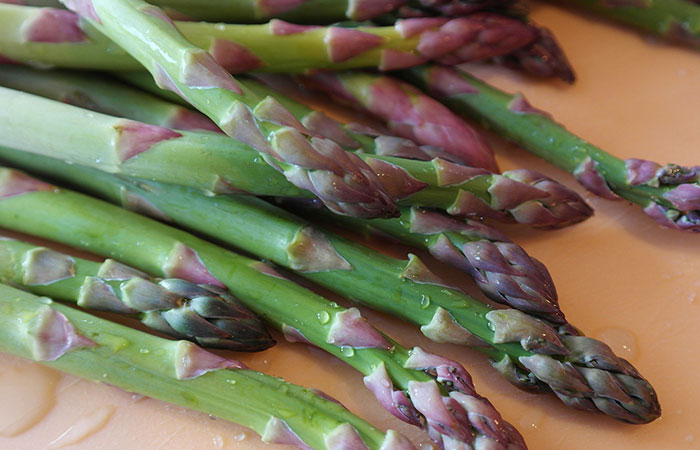
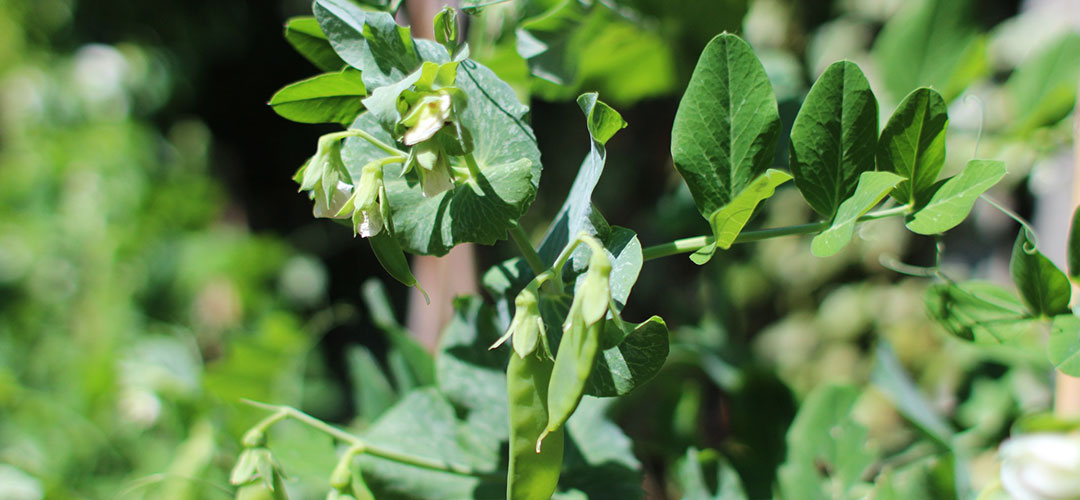
Vegetables & Herbs
Asparagus, rhubarb, and horseradish will be arriving in late month and can be planted immediately. Make sure you choose a spot where these perennial vegetables can thrive year after year.
Onions, shallots, and garlic can be planted in mid-February for a late summer or fall harvest. Keep an eye out for those bulbs this month.
Start seeds indoors for cool-season vegetables such as broccoli, cabbage, cauliflower, lettuce, parsley, and more. If you have supplemental light, you can also start basil, eggplants, peppers, & tomatoes. Click for our Indoor Seed Starting Guide and Vegetable Seed Planting Chart.
Once the soil is dry enough to work easily, prepare your veggie beds by cutting down and digging in any cover crops, adding compost and lime, and using your preferred method of digging and/or mulching to create a fresh seed bed.
By late February, the soil should have warmed enough to plant peas, fava beans, radishes, and arugula outdoors. Consider covering these early crops with floating row cover or a simple cloche made with clear plastic in order to help them get started faster and protect them from pests.
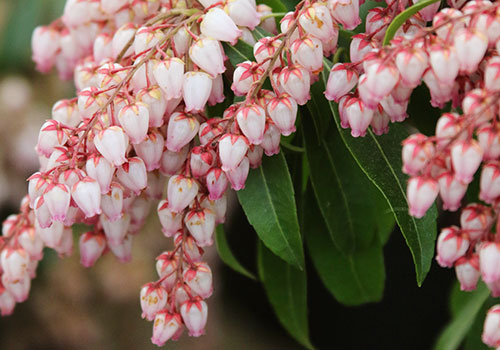
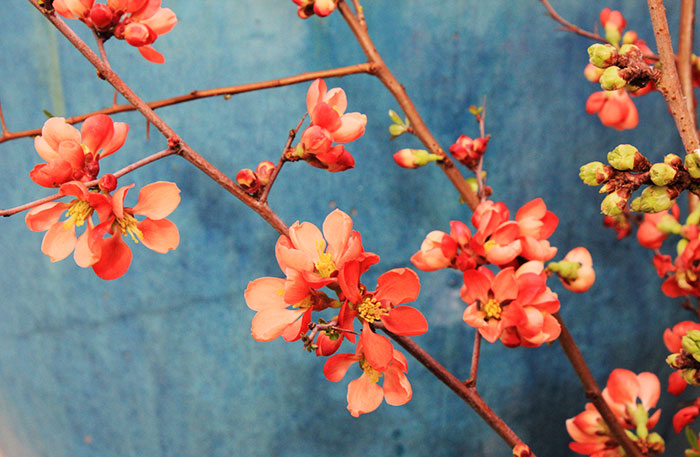
Ornamental Gardening
Look for fragrant winter-flowering shrubs such as daphne, witch hazel, and sarcococca. Plant pieris, flowering quince, and red-flowering currant to provide nectar for hummingbirds, pollen for orchard mason bees, and beauty for yourself!
For instant color now, spruce up your beds & containers with primroses, pansies, and blooming pre-rooted spring bulbs. Hellebores are another great choice for this season; some varieties will bloom for months, and these perennial plants keep on going year after year.
Bare-root perennials start arriving in February, along with summer-blooming bulbs and tubers such as dahlias. Purchase early for the best selection! Buying packaged roots and corms can be a great and economical way to stock up on perennial favorites such as bleeding heart and lily of the valley. Check the packages for planting times.
If you want your summer garden to have dramatic elephant ears or baskets filled with lush cascading begonias, the most economical way to achieve this is to purchase the tubers this month and start them indoors to get the plants up to size for the summer.
Late February: plant sweet pea seeds or starts. (Hint—soak sweet pea seeds overnight before planting to hasten germination.)
Roses
Our large selection of roses has arrived, including new introductions and old favorites. February is the ideal time to find and plant the perfect rose.
Lawn Care
If moss is a problem, rake it out mid-month or apply a moss killer, wait two weeks, and rake out the dead moss.
Mid-month (or after raking out the moss), apply organic fertilizer and lime.
